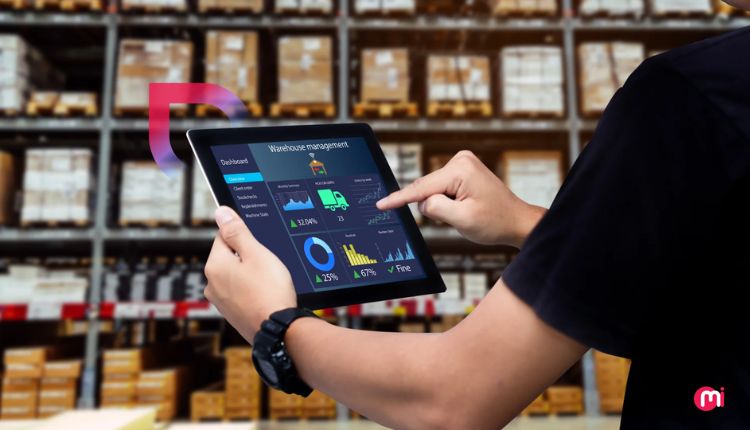Inventory management has always been one of the toughest challenges for retailers. Stock too much of the wrong product and you’re left with wasted space, heavy markdowns, and lost profit. Stock too little and you risk frustrating customers with empty shelves and missed sales opportunities. In an industry where margins are tight and customer expectations are high, striking the right balance is critical. That’s why many businesses are turning to AI software for retail as a powerful tool to optimize inventory and ensure products flow where they’re needed most.
Traditional inventory planning has relied heavily on historical sales data and manual processes. While these methods provided some level of insight, they often failed to capture real-time market shifts, seasonal spikes, or sudden changes in consumer behavior. The result was inaccurate forecasts and inefficient allocation, leading to a cycle of overstocking and stockouts. Modern solutions are rewriting that story by integrating smarter, data-driven tools into retail operations.
One of the biggest breakthroughs has been the adoption of AI software for retail inventory management. Unlike conventional systems, AI-powered platforms can analyze vast amounts of data from multiple sources—sales history, customer preferences, online search trends, even weather patterns—to produce more precise demand forecasts. This predictive power allows retailers to plan ahead with greater accuracy, ensuring that inventory aligns with real-world customer demand.
For example, a fashion retailer can use AI to predict which styles will be popular in specific regions and allocate stock accordingly, reducing unsold inventory at the end of the season. Similarly, a grocery chain can analyze buying behavior alongside external factors, like local events or weather, to anticipate surges in demand for certain products. These insights help minimize waste while boosting sales opportunities
Another major benefit is automation. AI doesn’t just forecast demand—it also automates replenishment. When stock reaches predetermined thresholds, the system can trigger orders or transfers automatically, ensuring that products are always available where they’re needed most. This reduces the workload on staff, minimizes errors, and speeds up response times, all of which contribute to smoother supply chain operations.
AI also enables smarter allocation strategies across channels. With omnichannel retail now the norm, businesses must manage inventory across physical stores, e-commerce platforms, and fulfillmentcenters. AI tools provide a unified view of stock levels and customer demand, helping retailers decide how to distribute products in ways that maximize profitability and minimize logistical costs.
Sustainability is another area where AI-driven inventory management shines. By reducing overproduction and waste, retailers can lower their environmental footprint. This not only saves money but also aligns with growing consumer demand for eco-conscious business practices. Companies that embrace AI for inventory optimization can position themselves as both efficient and socially responsible.
Yes, AI software is revolutionizing inventory management in retail. By providing accurate forecasts, automating replenishment, enabling smarter allocation, and supporting sustainability goals, it helps retailers reduce waste and maximize profit. For businesses looking to stay competitive in a rapidly evolving marketplace, AI-driven inventory management is no longer a luxury—it’s a necessity.
